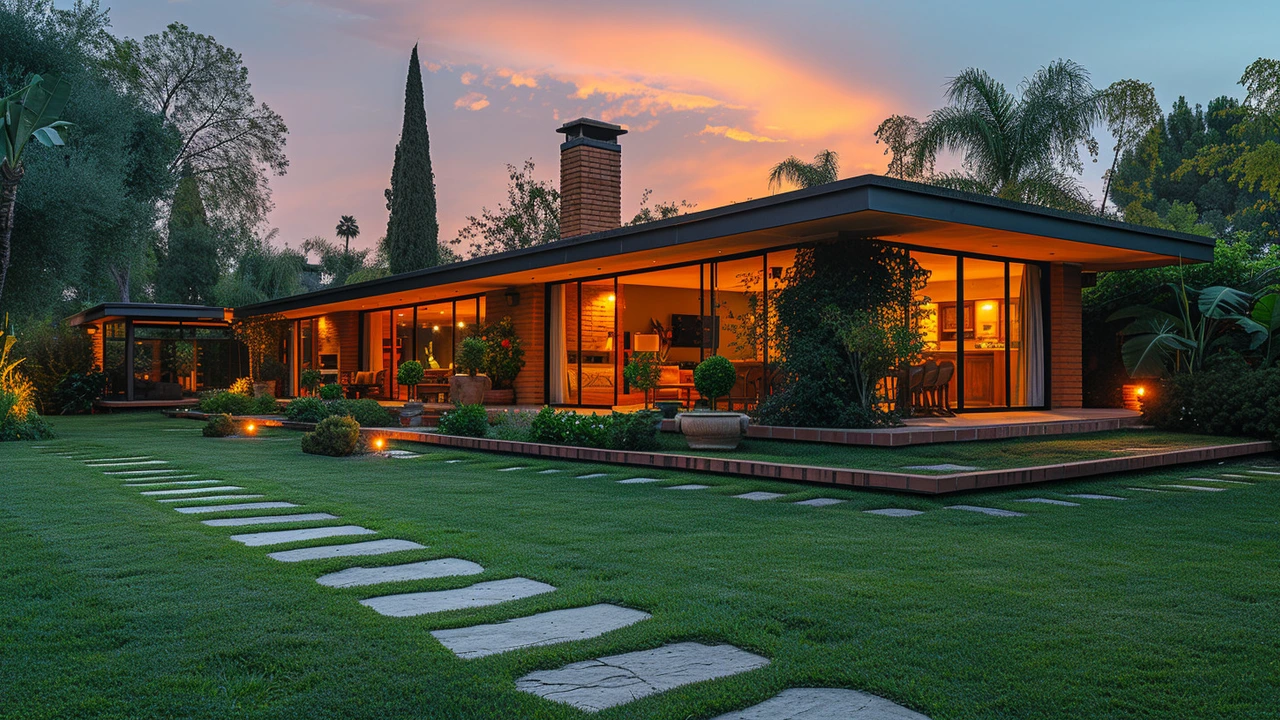Discover the allure of ranch-style homes and why they may just be the perfect choice for minimalists seeking a simple yet stylish living space. This article delves into the architectural features that make ranch-style houses ideal for those who love efficient and sustainable living. From their single-story layout to their emphasis on open spaces and integration with nature, you'll learn all about the benefits these homes offer and how they cater to a minimalist lifestyle. Whether you're considering buying a ranch home or just curious about minimalist architecture, this guide covers everything you need to know.
Minimalist home design: clear, cozy, and practical
Minimalist home design strips rooms down to essentials so your space feels calm and useful. It isn't about living with almost nothing; it's about choosing items that earn their place. This makes cleaning easier, keeps costs lower, and improves daily life.
Start by deciding how each room must perform. Ask: what do I actually use here daily? In the bedroom that might be sleep and a small dressing area. In the kitchen it's cooking and quick meals. Limit furniture to pieces that support those activities. One sofa, one table, one bed — but make them the right size and quality.
Color, light, and materials
Stick to a tight color palette: one main neutral, one accent, and natural textures. Whites, soft grays, warm beiges, and muted greens work well. Natural light is your best ally; remove heavy curtains and choose low-profile window treatments. If natural light is limited, layer lighting with warm LED fixtures and task lights over work zones.
Pick materials that age well and feel good to touch. Solid wood, matte metals, linen, and stone add subtle character without clutter. Avoid glossy finishes and busy patterns. A single textured rug or one piece of art can add interest without overwhelming the space.
Smart storage and layout
Good storage keeps minimal spaces feeling calm. Aim for closed storage for everyday clutter and open shelves for curated items. Use built-in cabinets, under-bed drawers, and vertical storage to free up floor space. Keep countertops and floors clear; empty surfaces make rooms look larger.
Arrange furniture to support movement and sightlines. Leave a clear path between key zones and float larger pieces away from walls if the layout allows. Choose multi-functional furniture: a bench with storage, a table that doubles as a desk, or a sofa that converts to a guest bed.
Decorate with intention. Pick three to five items that matter—family photos, a plant, a framed print, a meaningful object—and give them space to breathe. Rotate objects seasonally to keep the room fresh without adding more stuff. Use plants to bring life and improve air quality; choose low-maintenance species like snake plant or pothos.
Practical habits matter as much as design. Adopt a one-in, one-out rule for purchases and schedule a 10-minute daily tidy. When buying new items, ask if it solves a real problem, replaces something, or brings clear joy. If not, skip it.
Minimalist home design doesn't mean cold or boring. It means clearer choices and fewer distractions so your home supports how you want to live. Start small: try a single shelf, a decluttered nightstand, or a neutral wall. You’ll notice more calm, more space, and a smarter home that works for you.
Quick checklist: clear surfaces, three storage solutions per room, one color anchor, two task lights, and one plant. Try a thirty-day declutter challenge: remove or donate one unused item each day. After a month you'll see what truly matters and where to invest in better pieces. Start now.

